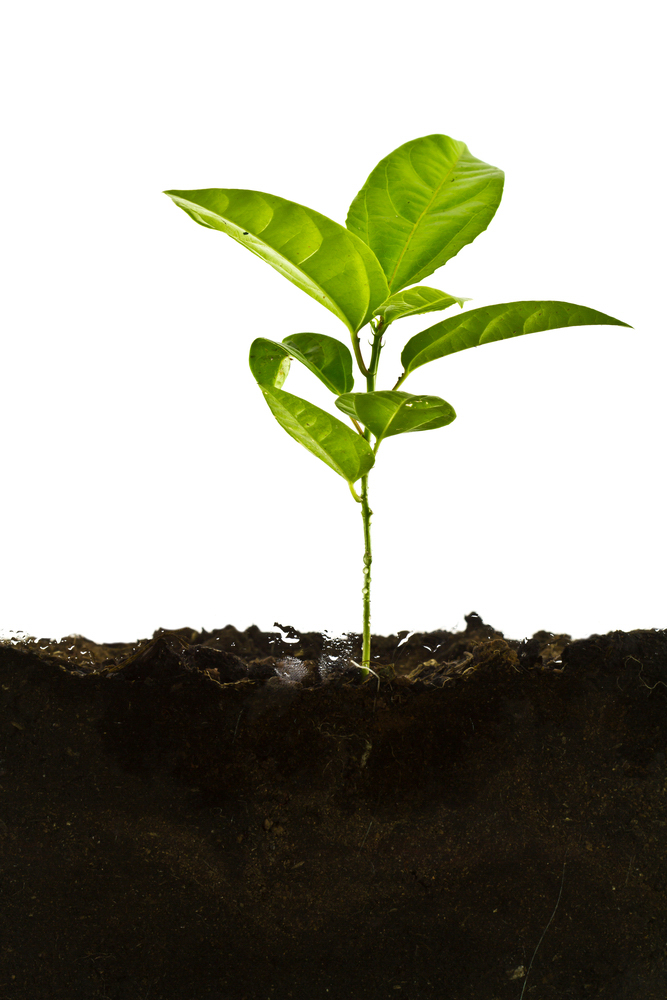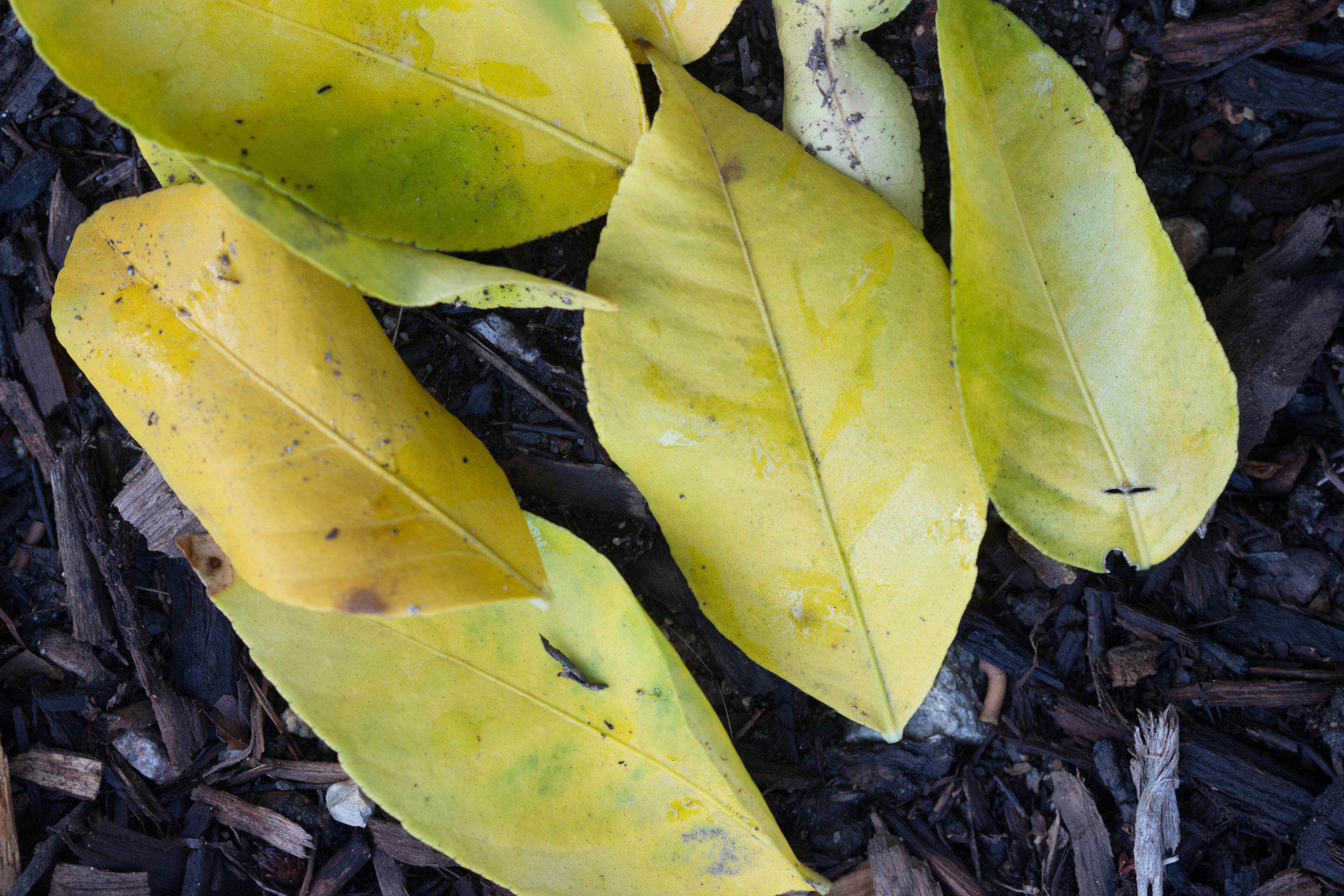Planning for New Vegetable Gardens: Introduction to Soil Toxicity

GardenZeus receives commissions for purchases made through links in this post. There is no additional cost to you.
Planning for New Vegetable Gardens: Part 4: Introduction to Soil Toxicity
What is soil toxicity? For purposes of this article, soil toxicity is anything in soil that is harmful or could be harmful to plants, people, pets, or wildlife.
After many years of consulting and analyzing hundreds of lab tests for soil samples taken in Southern California, I’ve concluded that not only is soil toxicity a major cause of harm to plants in urban areas, but in some cases it can be an unknown and serious threat to human health. It also affect pets and wildlife.
This is the 4th in a series of articles offering advice and solutions for common challenges when starting a garden in California. See below for links to other articles in the series.
Home gardening is one of the safest and most-rewarding activities during the COVID-19 pandemic. See the GardenZeus blog page Dig In for helpful articles.
How Important is it to Understand and Respond to Soil Toxicity?
- Soil toxicities, and particularly common and potentially dangerous pollutants such as lead in soil, are topics that few people want to talk about. While difficult and in some cases unpleasant or alarming, discussion of soil toxicity is among the most important topics for gardeners, homeowners, parents, landscape professionals, pet owners, and anyone who interacts with soil or is exposed to soil.
- Most landscape professionals seem to ignore entirely and/or have no understanding of possible soil toxicities. I’ve seen many examples of major problems with landscape trees and plants from unknown soil toxicities, and sites where expensive landscapes were installed with no soil testing despite common indicators of likely soil toxicity. I’ve seen disputes in which homeowners blamed landscapers for failed gardens or landscaping, while landscapers typically blamed homeowners for poor plant maintenance after installation, after which a soil test revealed toxicities that landscape professionals never bothered to consider and homeowners never realized were even possible.
How Do Soil Toxicities Affect Plants?
- Soil toxicities may cause a range of problems and symptoms in plants and trees. Many of these are common symptoms with various causes, so it can be difficult to diagnose soil toxicity from plant symptoms alone.
- Soil toxins may inhibit nutrient uptake, which causes a wide range of problems for plants.
- Some of the most common symptoms of soil toxicities include plants and trees that grow slowly, underperform, appear weak or sickly, and fail to flower reliably or produce yield, even years after planting. Plants may be stunted and weak. In the case of more-severe toxicities, plants may weaken further and even die.
- Leaf symptoms are common with soil toxicities, including brown or dead leaf tips and leaves, pale or discolored leaves, and symptoms that appear similar to iron cholorsis.
-
- Soil toxicities often contribute to secondary problems such as pests and diseases, and in many cases, homeowners and landscape professionals may fight the same pests and diseases season after season and year after year without realizing that plants have been weakened by stress due to soil toxicity.
- Plants vary in their susceptibility to soil toxins. Grasses and related plants such as bamboo and palm trees tend to be more resilient and better able to tolerate toxic metals, while dicot plants including most woody plants, such as fruit trees and grapes, are more susceptible.
Most Pollutants and Chemicals Break Down Eventually in Soil
- We’ve heard all our lives about pollutants in the air, water, and soil. How much does pollution actually affect urban vegetable gardening in California? It varies.
- The vast majority of pollutants break down in soil over time, returning to the basic elemental building blocks of the universe such as carbon, sodium, and hydrogen. While this may take years to decades or longer and cause problems in specific yards or areas, in my experience the majority of pollutants that immediately come to mind, such as pesticides, motor oil, and many basic or off-the-shelf chemicals, are rarely long-term problems for urban vegetable gardening.
- Manufactured chemicals and substances can certainly be present in sufficient quantities in soils to be harmful or acutely harmful to people and plants. I’ve personally seen this only rarely over decades.
- Common or unexpected pollutants may harm plants. For example, even small amounts of alcoholic beverages dumped into soil near where dinners or parties are held can result in serious harm to plants. It requires only a very small proportion in parts per million of alcohol in root zones to kill most plants.
Soil Metals May Be Toxic to People and Plants
- Elemental metals are among the most-common soil pollutants that harm plants in California urban areas. They’re the basic building blocks of our universe and were created inside stars. They’re difficult or impossible to separate from soil and functionally can’t be degraded or broken down further. The majority of hundreds of lab tests that I’ve analyzed for soil from properties throughout Southern California over almost two decades have showed soil metals that range from problematic for plants to highly toxic for both people and plants.
- For soils with high levels of toxic metals, you could be the most experienced and expert gardener on Earth, do everything right, and still fail to obtain a harvest or even keep plants alive.
- It’s impossible to tell what metals are in soil without a lab test. After many years as a consultant, I can make educated guesses based on history of a property, local conditions, and plant symptoms, but I still need a lab test to know for sure.
How Deep Do Toxic Metals Occur in Soil?
- Toxic metals can be naturally occurring in soil, or may be brought in with fill soil. If toxic soil is brought in to level an area, such as behind a retaining wall, toxicities will go to the depth of the imported soil.
- Toxic metals from pollution move very slowly downward through the soil profile. In my experience, even decades after pollution occurred, the top 1-2 feet of soil contain the majority of toxic metals. For this reason, trees planted into toxic soil may struggle or show symptoms until their roots grow into deeper soil with less toxicity, after which and over the long term they grow well and are healthier, while plants with shallow roots may never grow roots into deeper and better soil.
Discussion of soil toxicity continues in Part 5: Common Causes of Soil Toxicity
Other articles offering advice and solutions for common challenges when starting a garden in California:
Part 5: Common Causes of Soil Toxicity
Part 6: Introduction to Soil Compaction
Part 7: Decompact Soil Quickly
Future installments include:
Part 9: Introduction to Soil Alkalinity
Part 10: Managing Soil Alkalinity
Part 11: introduction to Soil Fertility
Part 12: Watering
Part 13: Pest and Pet Exclusion
Part 14: Minimizing Pest Insects
GardenZeus has plenty of information to help you get started growing fruits and vegetables. To receive customized growing information for your area, click here.
Want to start a raised garden bed? Get started with a kit:
Articles of interest for novice gardeners include:
How to Choose the Best Seeds for California Gardens
The GardenZeus Guide to Starting Tomato Seeds
Container Gardening: Cucumber, Corn, Snap Peas and Eggplant

